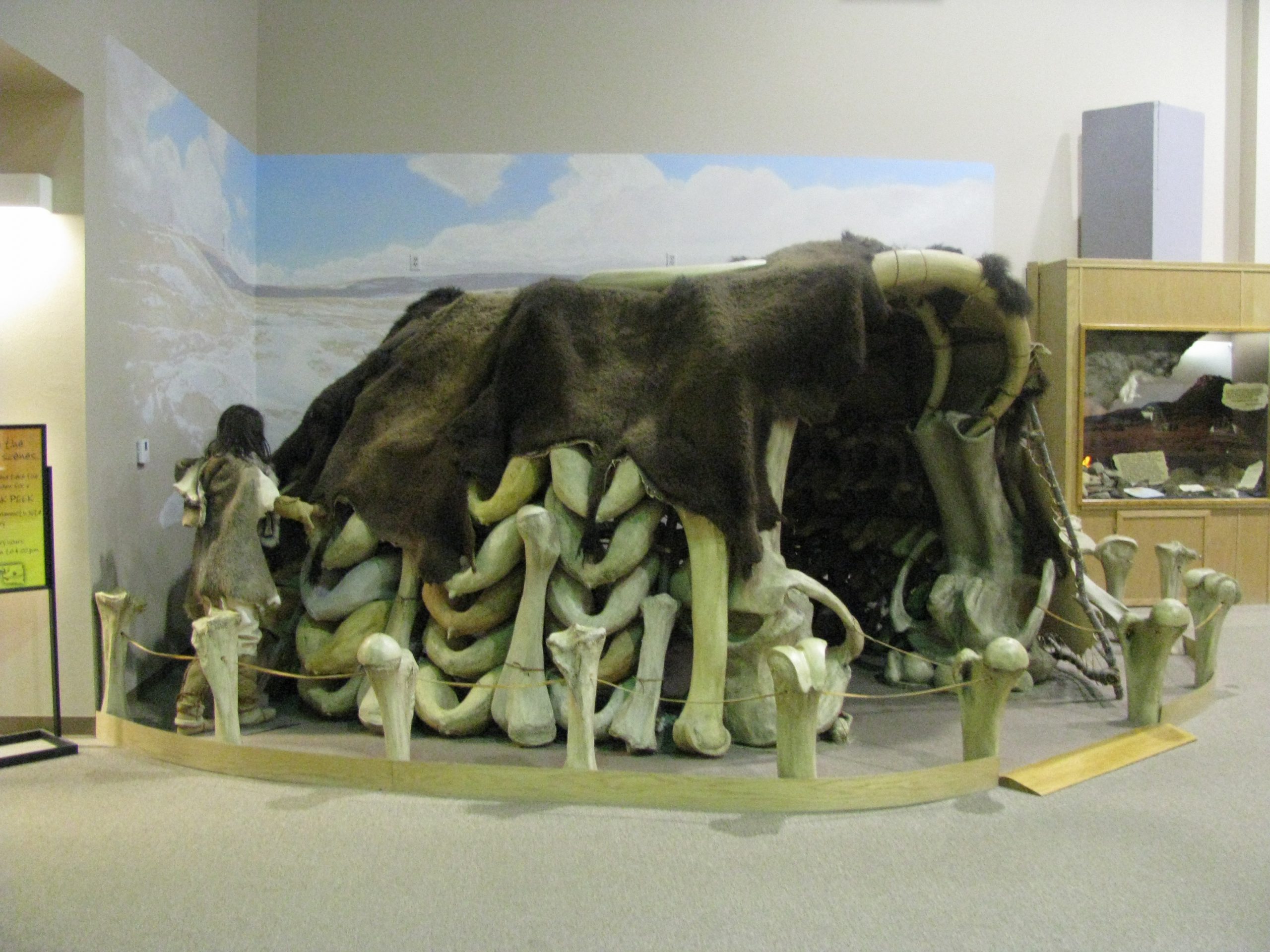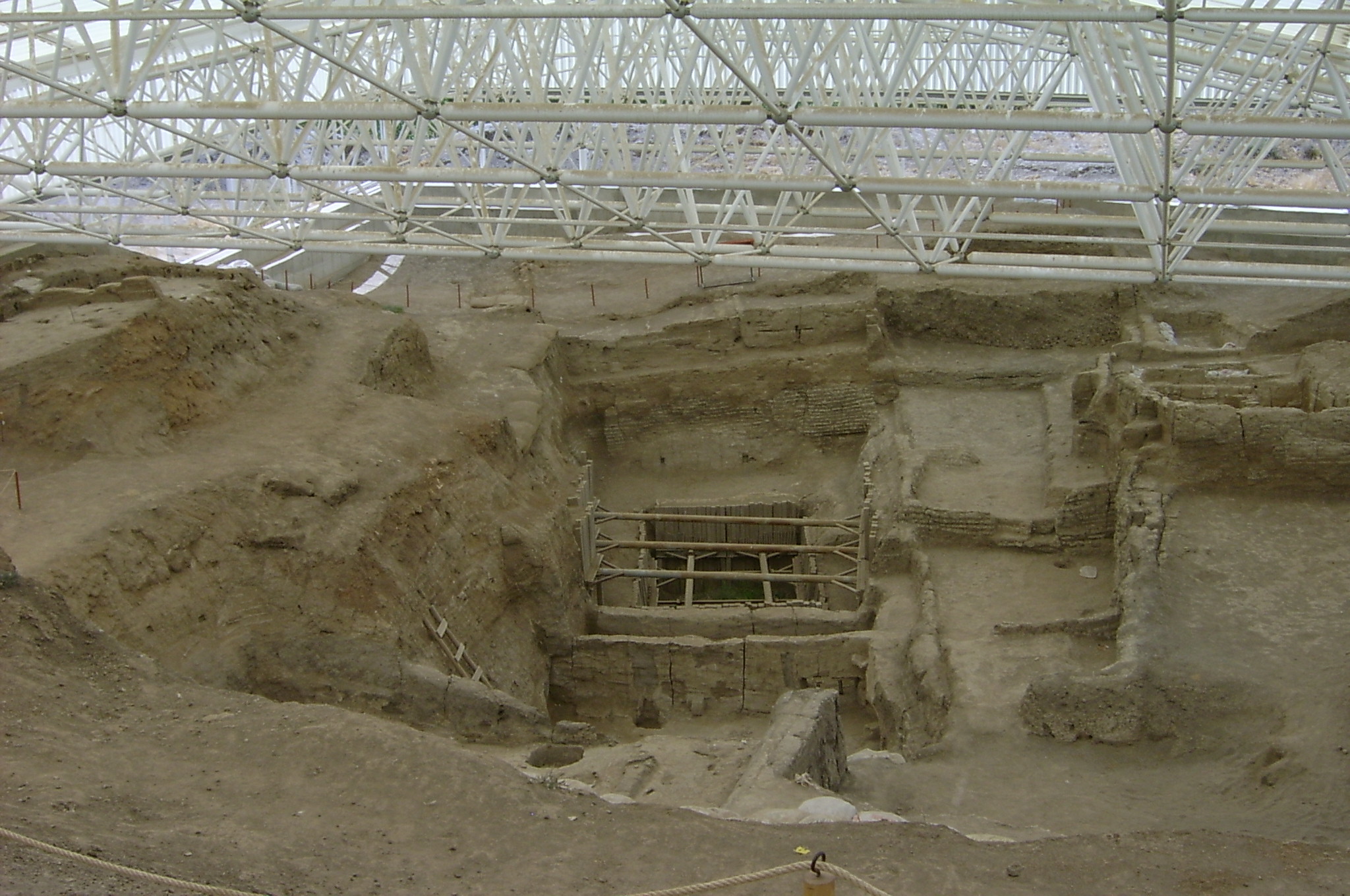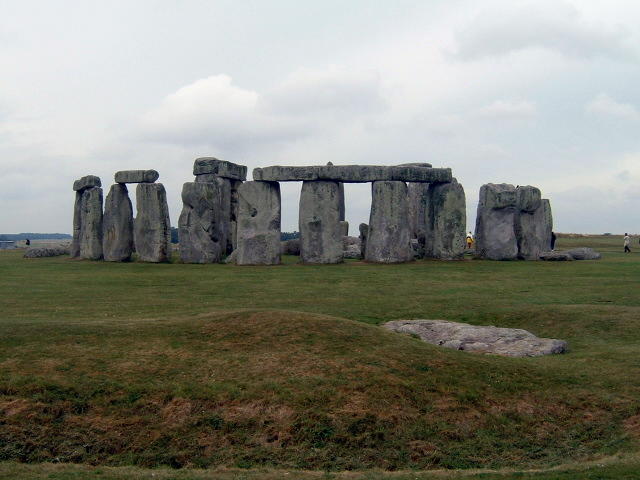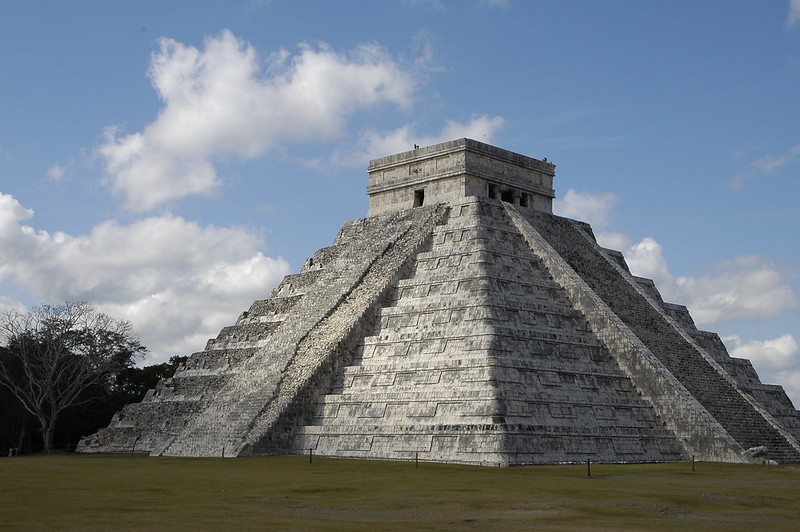1.10: Social Organization
- Page ID
- 128009
\( \newcommand{\vecs}[1]{\overset { \scriptstyle \rightharpoonup} {\mathbf{#1}} } \) \( \newcommand{\vecd}[1]{\overset{-\!-\!\rightharpoonup}{\vphantom{a}\smash {#1}}} \)\(\newcommand{\id}{\mathrm{id}}\) \( \newcommand{\Span}{\mathrm{span}}\) \( \newcommand{\kernel}{\mathrm{null}\,}\) \( \newcommand{\range}{\mathrm{range}\,}\) \( \newcommand{\RealPart}{\mathrm{Re}}\) \( \newcommand{\ImaginaryPart}{\mathrm{Im}}\) \( \newcommand{\Argument}{\mathrm{Arg}}\) \( \newcommand{\norm}[1]{\| #1 \|}\) \( \newcommand{\inner}[2]{\langle #1, #2 \rangle}\) \( \newcommand{\Span}{\mathrm{span}}\) \(\newcommand{\id}{\mathrm{id}}\) \( \newcommand{\Span}{\mathrm{span}}\) \( \newcommand{\kernel}{\mathrm{null}\,}\) \( \newcommand{\range}{\mathrm{range}\,}\) \( \newcommand{\RealPart}{\mathrm{Re}}\) \( \newcommand{\ImaginaryPart}{\mathrm{Im}}\) \( \newcommand{\Argument}{\mathrm{Arg}}\) \( \newcommand{\norm}[1]{\| #1 \|}\) \( \newcommand{\inner}[2]{\langle #1, #2 \rangle}\) \( \newcommand{\Span}{\mathrm{span}}\)\(\newcommand{\AA}{\unicode[.8,0]{x212B}}\)
| Band | ||||
| Less than 100 | Up to a few 1000 | 5000-20,000+ | 20,000+ | |
| Class-based hierarchy under king or emperor; Armies | ||||
| Economic Organization | Central accumulation & redistribution;Some craft specialization | |||
| Religious Organization | Religious leaders;Calendrical rituals | |||
| Inuit; San; Australian Aborigines | Pueblos; New Guinea Highlanders; Nuer and Dinka | NW Coast Native Americans; 18th century Polynesia | All modern states | |
| Urban: cities, towns; frontier defenses; roads | ||||
| See Figure 10.1 below: Mezhirich mammoth hut | See Figure 10:2 below: Çatalhöyük Permanent huts; Burial Mounds; Shrines | See Figure 10.3 below: Stonehenge | See Figure 10.4 below: Chichén Itzá | |
| Early metal working and Formative societies |






